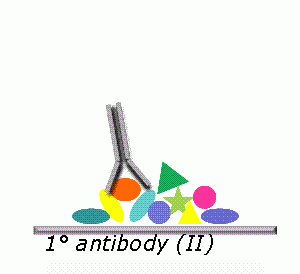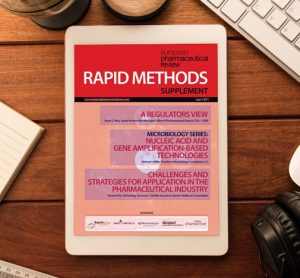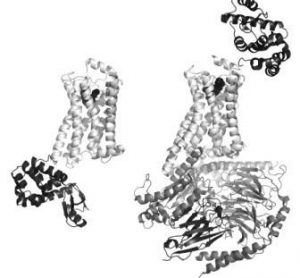Reverse phase protein microarrays for targeted analysis of cellular proteomes
In order to advance the identification of new drug targets and disease biomarkers, experimental tools for the systems-level analysis of signalling networks are required. Approaches for a targeted analysis of cellular proteomes have improved in recent years. Notably, the reverse phase protein microarray (RPPA) approach offers great advantages due to…






























